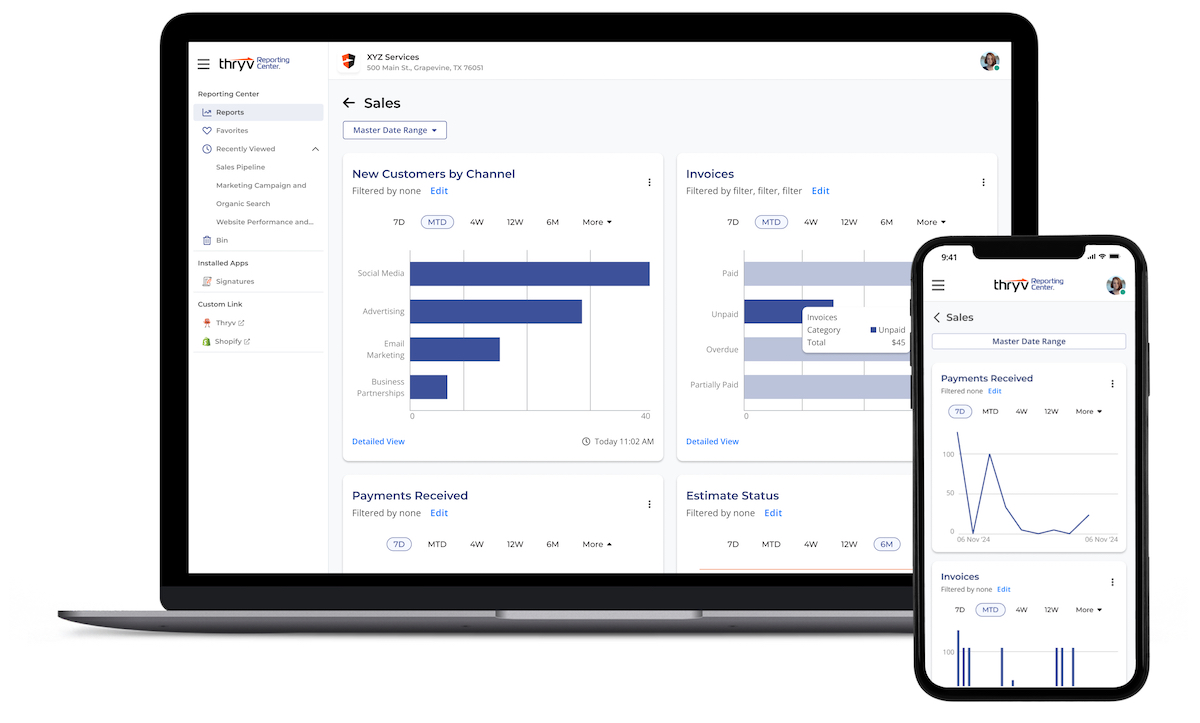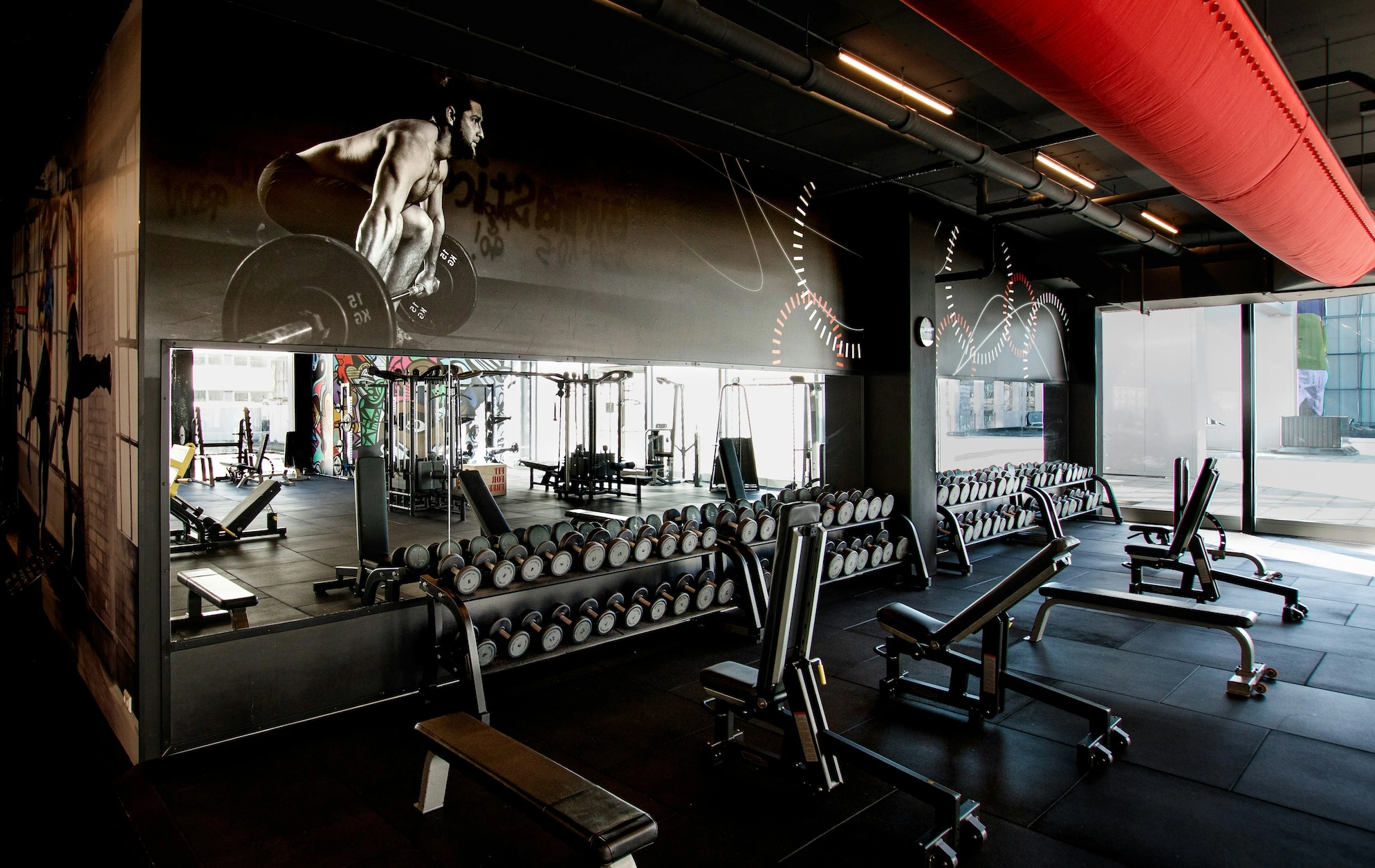Sports
The Vicious Cycle Of Women’s Sports Merchandise: High Demand, Low Inventory

MINNEAPOLIS, MN. – MARCH 2024: University of Iowa Hawkeyes and Caitlin Clark fans alike wait in line … [+]
A new report by Klarna and The Sports Innovation Lab highlights the longstanding issue of low merchandise availability and production that has affected women’s collegiate and professional sports for decades. The report concludes that the women’s sport merchandise market is worth an estimated $4 billion dollars per year. This finding is not at all surprising. Over the past ten years, viewership and attendance has seen historic highs across women’s sports, but manufacturers have not been keeping up with these increases and demands.
Unfortunately, these same fans who are eager to watch their favorite teams and players are often met with disappointment when they can’t purchase team and athlete specific merchandise. According to Angela Ruggiero, 4x Olympian, Gold Medalist, and Co-Founder of the Sports Innovation Lab, “women’s sports are the best value investment a brand can make right now. Fans are starved for options and are willing and able to spend with the companies that show up authentically as part of the community. Fans sniff out bad actors that shrink and pink their offerings from men’s to women’s. To be successful, truly invest and you’ll be rewarded by the community.”
The motivation behind the report was sparked by this lack of production, and an opportunity to give voice to the women’s sports fans who are anxiously awaiting consistent purchasing options. While there has previously been a great deal of evidence produced regarding the business case for women’s sports from a viewership perspective, this new report solidifies that merchandise is the next big consideration for brands, leagues, and teams. A great deal of revenue is being left on the table, and women’s sports fans are ready to spend.
INDIANAPOLIS, INDIANA – MAY 16: Fans buy merchandise in the team shop before the game between the … [+]
Key Findings
The study centered on examining the state of the women’s sport merchandise industry, with a particular focus on revealing the inequities of the fan shopping experience, while also providing a quantifiable way to gauge the opportunity that exists once supply catches up to demand. The research team relied on several data points to accomplish these goals: 1) Klarna payment trends, 2) a qualitative survey of 1,000 sports fans, 3) transactional data analysis, 4) Google trend analysis, and 5) custom SKU analysis. Several important findings were revealed throughout the analysis:
- Women’s sports fans made more purchases per year than men’s sports fans.
- Women’s sports fans spend just as much as men’s sports fans per transaction.
- Women’s sports fans spend more per year than men’s sports fans.
- While the NBA see’s specific seasonal spikes in merchandise searches, typically during the playoffs, the WNBA sees a more consistent demand for information on merchandise (such as jersey’s) throughout the entire season.
- Most women’s sport fans are purchasing merchandise 2-4 times per year.
- Even without ever having been to a game live, 67% of women’s sports fans still made merchandise purchases.
- Buyers of women’s sports merchandise are 60% more likely to have trouble finding a style than buyers of men’s sports merchandise.
- Women’s sports fans were 58% more likely than men’s sports fans to experience an inventory issue when they did find a piece of merchandise they wanted to purchase.
- 79% of women’s sports fans indicated they would purchase more women’s sports merchandise if there were more options available.
Importantly, the report also determined that given the lack of teams across leagues, and the geographical restrictions that currently exist within women’s professional sports, women’s sports fans rely on merchandise purchasing when they can’t support their favorite team(s) and athlete(s) in real life. For that reason, the research team found that “when access to women’s sports merchandise isn’t readily available, it’s literally inhibiting the onboarding of new fans.”
PARIS, FRANCE – JUNE 16: Fans queue up to buy merchandise from the shop during the 2019 FIFA Women’s … [+]
A Vicious Cycle
The consistent cycle of low inventory and high demand paints a dangerous picture regarding the business of women’s sport. With the low availability of merchandise, measuring the demand for women’s sports based solely on current sales is a highly inaccurate gauge of the overall market. The same applies to viewership. If the demand for women’s sports live broadcasts on linear and digital platforms is assessed solely on overall viewership numbers for current events, the results will be highly skewed due to the current inconsistent and limited availability of live game viewing opportunities.
The results displayed in the current report support these claims. Findings revealed that, “when it comes to merchandise, the vicious cycle shows up as a challenging buying experience. Nearly 1/3 of women’s sports merchandise buyers in our study reported that finding a seller was an issue, and a similar percentage of buyers struggled with inventory availability. Overall, buying women’s sports merchandise is notably more painful than buying men’s sports merchandise.” Further, women’s sports fans are consistently experiencing long waits for inventory to be replaced, with items selling out quickly.
Merchandise Growth and Opportunity
The huge gap in merchandise availability for women’s sports fans simultaneously poses a tremendous opportunity for future growth. Previous research has determined that women’s sports fans are not only more engaged across social media platforms than men’s sports fans, they are also more likely to make purchases based on sponsorship influence in these same spaces.
According to Ruggiero, “fans of women’s sports are highly engaged audiences that provide depth over breadth in viewership, and they spend more and more frequently than the general sports fan population. Fans of women’s sports are already digitally savvy because historically they’ve had to be in order to find games and support their teams online; there is no such thing as a ‘lazy women’s sports fan,’ and this truth has created highly-invested audiences that will go to bat for the athletes, teams, leagues and sports they care about the most.”
SEATTLE, WASHINGTON – OCTOBER 06: Fans honor Megan Rapinoe #15 of OL Reign during her last home … [+]
The study results indicated that three in five respondents who had intended to buy women’s sport merchandise could not find what they wanted and didn’t end up making a purchase. That being said, nearly 80% of respondents indicated that they would purchase more women’s sports merchandise if there were more options and greater inventory.
These findings reveal a significant opportunity for a positive ROI once merchandise selection and availability improve across women’s sport spaces. According to Gina Waldhorn, Chief Marketing Officer for the Sports Innovation Lab, “teams, leagues and universities will need to convince merchandise manufacturers and partners that the demand exists so they’re prompted to invest today and close the gap. When you see that 60% of fans are leaving the checkout line because an item is not in stock, it’s the clearest indictment of missed revenue someone can see. We want everyone to use our data to convince decision-makers of the opportunity sitting here.”
You can read the full Klarna and Sports Innovation Lab Report, “Rep Her: Revealing The Unmet Demand for Women’s Sports Merchandise” here.










